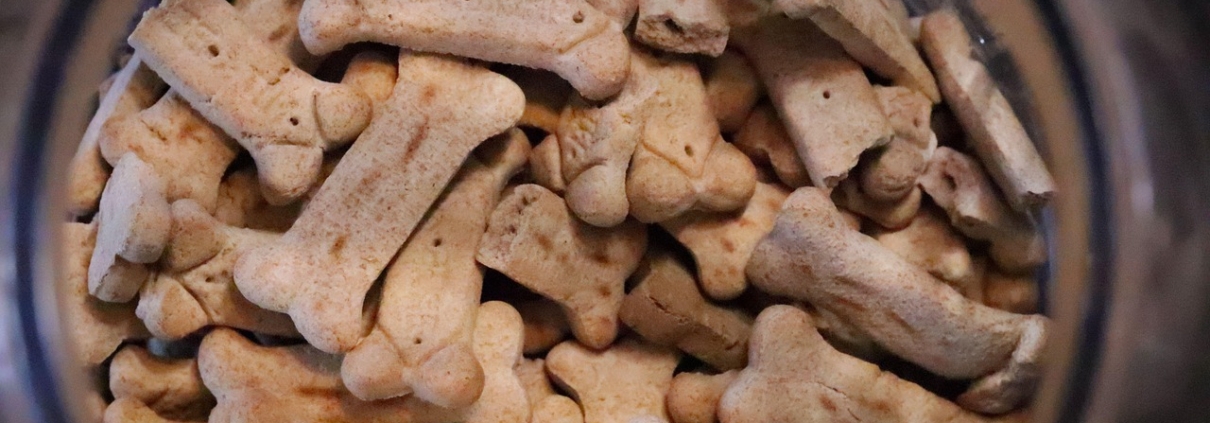Top Grain Free Dog Food for Healthy, Happy Pets – Shop Now
In recent years, grain free dog food has gained immense popularity among pet owners seeking healthier and more natural diets for their furry companions. Marketed as a premium option, this type of dog food excludes grains like wheat, corn, barley, and rice—ingredients commonly found in traditional kibble. But is grain free dog food truly better for your dog, or just a trend?
This article explores what grain free dog food is, its potential benefits and risks, and how to determine if it’s the right choice for your pet.
What Is Grain Free Dog Food?
As the name suggests, grain free dog food is formulated without common grains. Instead, it uses alternative sources of carbohydrates such as:
- Sweet potatoes
- Peas
- Lentils
- Chickpeas
- Tapioca
- Potatoes
The idea behind this diet is to mimic the ancestral eating habits of dogs, which were more protein-focused and less reliant on grain-based ingredients.
Why Do Pet Owners Choose Grain Free Dog Food?
There are several reasons why dog owners might switch to a grain free formula:
1. Food Sensitivities or Allergies
Some dogs develop sensitivities or allergies to grains like wheat or corn. Symptoms may include skin issues, gastrointestinal discomfort, or chronic ear infections. A grain free diet can help eliminate the source of these reactions.
2. Improved Digestion
Grain free formulas often use easier-to-digest carbohydrate sources such as sweet potatoes, which may benefit dogs with sensitive stomachs.
3. Higher Protein Content
Most grain free dog food brands prioritize animal proteins such as chicken, beef, or fish, making them appealing to pet owners who want to increase protein intake for muscle maintenance and overall vitality.
4. Weight Management
Some grain free options are lower in carbohydrates and higher in protein and fiber, helping support weight loss or weight maintenance in overweight dogs.
Potential Benefits of Grain Free Dog Food
While not every dog needs a grain free diet, there are several potential advantages:
- Healthier skin and coat due to better nutrient absorption
- Reduced inflammation and allergy symptoms
- More energy and better overall activity levels
- Fewer digestive issues, including gas and bloating
- Shinier coat and reduced shedding
Always monitor your dog’s behavior, digestion, and appearance after transitioning to a new food type to evaluate its effectiveness.
The Controversy Around Grain Free Diets
Despite the popularity of grain free dog food, it has not been without controversy. In 2018, the U.S. Food and Drug Administration (FDA) began investigating a potential link between grain free diets and canine dilated cardiomyopathy (DCM)—a heart condition affecting large breeds.
Many grain free recipes include high amounts of legumes like peas and lentils, which may interfere with the absorption of essential nutrients like taurine. Taurine deficiency has been associated with DCM in certain dogs.
Important Note: The FDA has not issued a definitive conclusion that grain free dog food directly causes DCM, but it’s essential to:
- Consult your veterinarian before switching to a grain free diet
- Choose a well-balanced formula with adequate taurine
- Avoid foods with excessive legumes or potatoes as the main ingredients
How to Choose the Best Grain Free Dog Food
Not all grain free dog food is created equal. Here are some tips for selecting a high-quality product:
1. Check the Ingredient List
Look for named animal proteins (e.g., chicken, lamb, salmon) as the first ingredient. Avoid vague terms like “meat by-product.”
2. Avoid Fillers
Even though grain free, some brands may use low-quality fillers like excess tapioca or peas. Opt for whole-food ingredients instead.
3. Ensure Complete Nutrition
Choose brands that meet AAFCO (Association of American Feed Control Officials) standards for complete and balanced nutrition.
4. Consider Your Dog’s Needs
Every dog is unique. A working dog may need more protein and fat, while a senior dog may need fewer calories and more joint support.
5. Read Customer Reviews
Real-world feedback from other dog owners can give insight into the food’s palatability, effectiveness, and potential issues.
Who Should Avoid Grain Free Dog Food?
Grain free diets are not necessary for all dogs. Dogs without allergies or sensitivities to grains can thrive on grain-inclusive foods. Also, some dogs with specific medical conditions, such as heart disease or kidney issues, may benefit more from specialized veterinary diets than over-the-counter grain free options.
Grain Free vs. Grain-Inclusive: What’s the Verdict?
While grain free dog food can be beneficial for dogs with allergies, sensitivities, or specific dietary needs, it isn’t automatically superior. Many high-quality grain-inclusive dog foods offer excellent nutrition and are backed by long-term research.
The decision should be made based on your dog’s health, age, breed, and lifestyle—with guidance from your veterinarian.
Final Thoughts
Grain free dog food can be a valuable option for some dogs, particularly those with food allergies or digestive issues. However, like any diet, it’s essential to choose a well-formulated product and monitor your dog’s health regularly.
Always consult your vet before making any major changes to your pet’s diet. With the right approach, grain free dog food can support a happy, healthy life for your canine companion.











Leave a Reply
Want to join the discussion?Feel free to contribute!